Man Booker Prize is the literary prize awarded each year for the best original novel, written in English, and published in the UK. It’s an award bestowed on some of the most deserving and mind-blowing works in the history of English Literature. The Week presents the Booker Prize winning books that paved the path for the others to follow suit.
Something to Answer for (1969)
P. H. Newby
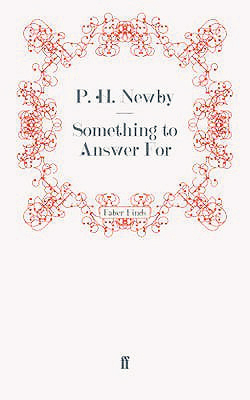
‘Something to Answer for’ for takes place during the 1956 Suez Crisis. The story begins as Townrow is contacted by the widow of an old friend to see her in Cairo because she believes her husband was murdered, whom he’d met ten years previously, in 1946, in Port Said in Cairo after he had been thrown from a horse in front of the Khoury’s beach hut. As the story progresses, the dishonest yet endearing Townrow operates in a dream like state in which he seems not to be able to distinguish between real and unreal, past and present which throws the readers along with the character into a mysterious frenzy.
Troubles (1970)
J. G. Farrell
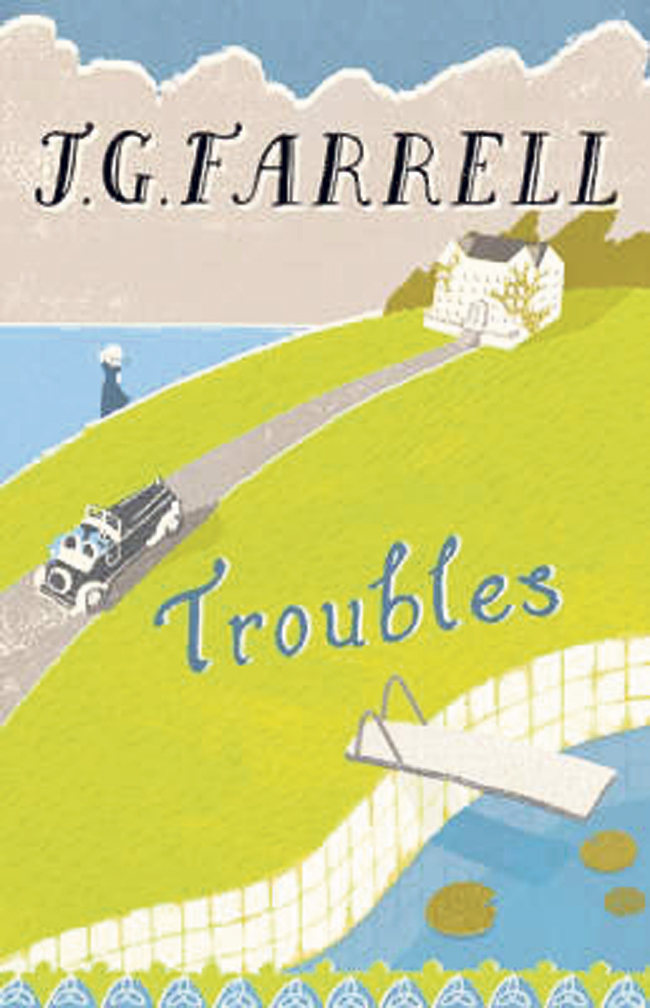
Arriving in Ireland, Major Archer thinks he is going to be married to his fiancée who actually shows no interest in him, spends her time in privacy, and seems ill, though nobody tells him anything. Instead he finds himself drawn into the daily life of the Majestic Hotel that is owned by her family, now inhabited by a group of superannuated old ladies, totally out of touch with the world outside, herds of cats that have taken over the bar and bamboo shoots that threaten the fountain. ‘Troubles’ is a brilliant portrayal of the upheavals in Ireland during the 1920s and the ensuing disintegration of the British Empire.
In a Free State (1971)
V.S. Naipaul
Oscars 2019: Full list of winners

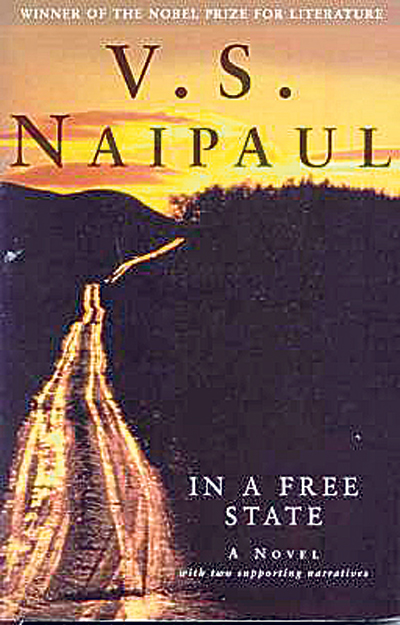
‘In a Free State’ is a sequence of five works — two short stories linked by a common theme: about individuals stranded in foreign countries and confronted by alien cultures. The first tale is about an Indian servant who accompanies his master on a mission to Washington, D.C., who proceeds to sink into miseries caused by poverty, lust and unknown dialects. The second story concerns a rural West Indian family whose narrator is forced to toil in foreign land fruitlessly for the sake of his brother while the main story focuses on a homosexual man who travels into the African Great Lakes state that has recently acquired independence as per his work commands.
G (1972)
John Berger
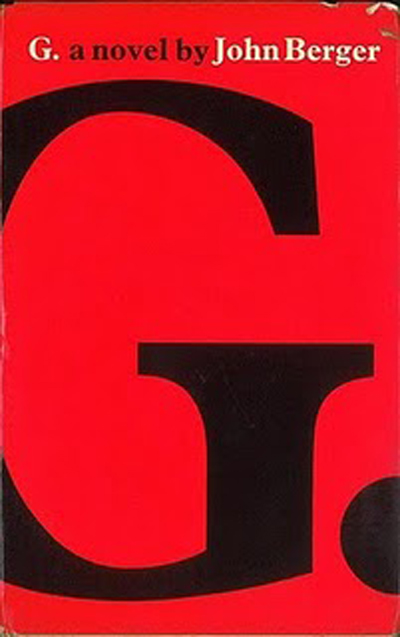
G is the illegitimate son of a gross merchant of Livorno and a fragile and uncertain Englishwoman whom he cannot marry. He’s taken back to England by his mother who then leaves him under the care of others and after early episodes of sexual initiation, realizes that he’s destined to be a notorious womanizer. The prose is just beautiful and mesmerizing on many occasions and the introspective descriptions of people in a romantic and erotic context are among the best that we’ll ever read. The combination of personal and historical story and authorial musings is what makes the novel as interesting as it is and a good read.
The Siege of Krishnapur (1973)
J. G. Farrell
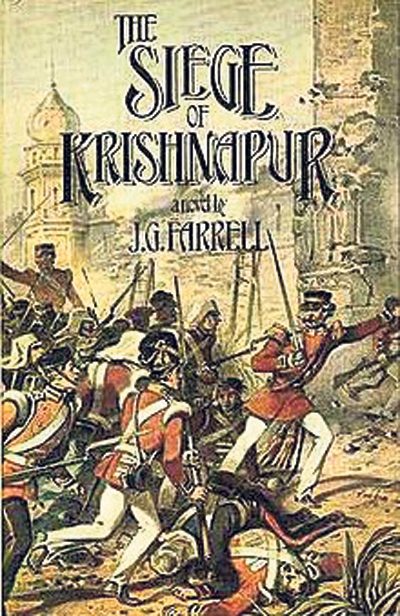
Inspired by events such as the sieges of Siege of Cawnpore (Kanpur) and Lucknow, the book details the siege of a fictional Indian town, Krishnapur, during the Indian Rebellion of 1857 from the perspective of the British residents. “The Siege of Krishnapur” is a companion to ‘Troubles’ about the Easter 1916 rebellion in Ireland, and ‘The Singapore Grip’, which takes place just before World War II. The inspiration is a diary kept by Maria Germon, a young woman who had been through the siege of Lucknow. Farrell spins off from this to give an account not so much of the military tactics and feats of daring associated with warfare as day-to-day life under siege conditions.
Holiday (1974)
Stanley Middleton

Edwin Fisher is a university teacher in his mid-30s, who has taken a solitary holiday in an east-coast resort town after the collapse of his marriage. He goes away to escape her near-murderous rages – only to find his in-laws staying in the same town, and determined to patch things up between them. Alone most of the time, Edwin has plenty of opportunity to reflect on his marriage. The novel takes place almost entirely in Edwin’s head: taking in the sights, observing other tourists, and then, more often than not, recalling an incident between him and his wife, Meg through which the readers gradually pieces together the puzzle of Edwin’s marriage.
Heat and Dust (1975)
Ruth Prawer Jhabvala

Set in colonial India during the 1920s, Jhabvala’s eighth novel intertwines two stories of India over half a century. The book contrasts the social change that separates the lifestyle of the narrator, as recorded in her journal, from that of her grandfather’s first wife, Olivia, whose story the modern heroine is pursuing through the old letters she carries with her. The letters reveal that the young, free-spirited grandmother fell in love with an Indian nobleman and left her husband for her lover. After Ann arrives in India, her life and the modern rush of cars and people are played off against flashbacks to Olivia’s life in a colonial setting.
Saville (1976)
David Storey

The late-1930s newlywed Savilles arrive in a Yorkshire mining village and begin to make a home out of a shack. Then Savilles’ first child dies. War is declared. Three more sons are born, but the parents’ hopes center on the oldest, Colin. Through education, he will escape and rescue them from the stove-less state and the daily drudgery of the the sixteen-hour days at the mine. The story is realistic and objective, written in third-person voice. Despite that, the perception borders on first person, as every episode puts Colin at the center and all other characters are defined in terms of his relation with them.
Staying On (1976)
Paul Scott
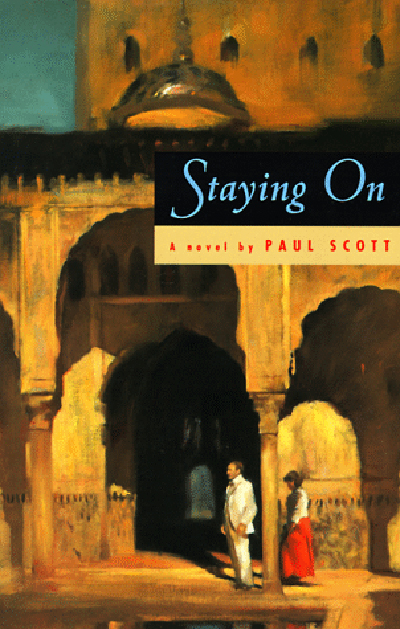
Staying On takes place in early 1972 in Pankot, India. The story begins and ends with the death of one of the main characters Tusker Smalley, who dies from a heart attack as soon as he receives a letter from his landlord, the owner of the adjacent hotel. The reader becomes acquainted with Tusker, his wife Lucy, and people in their lives and memories. Following India’s independence, Colonel Tusker chooses to live what he considers a higher standard of life in a foreign land rather than to face a life of struggle in his homeland.






































